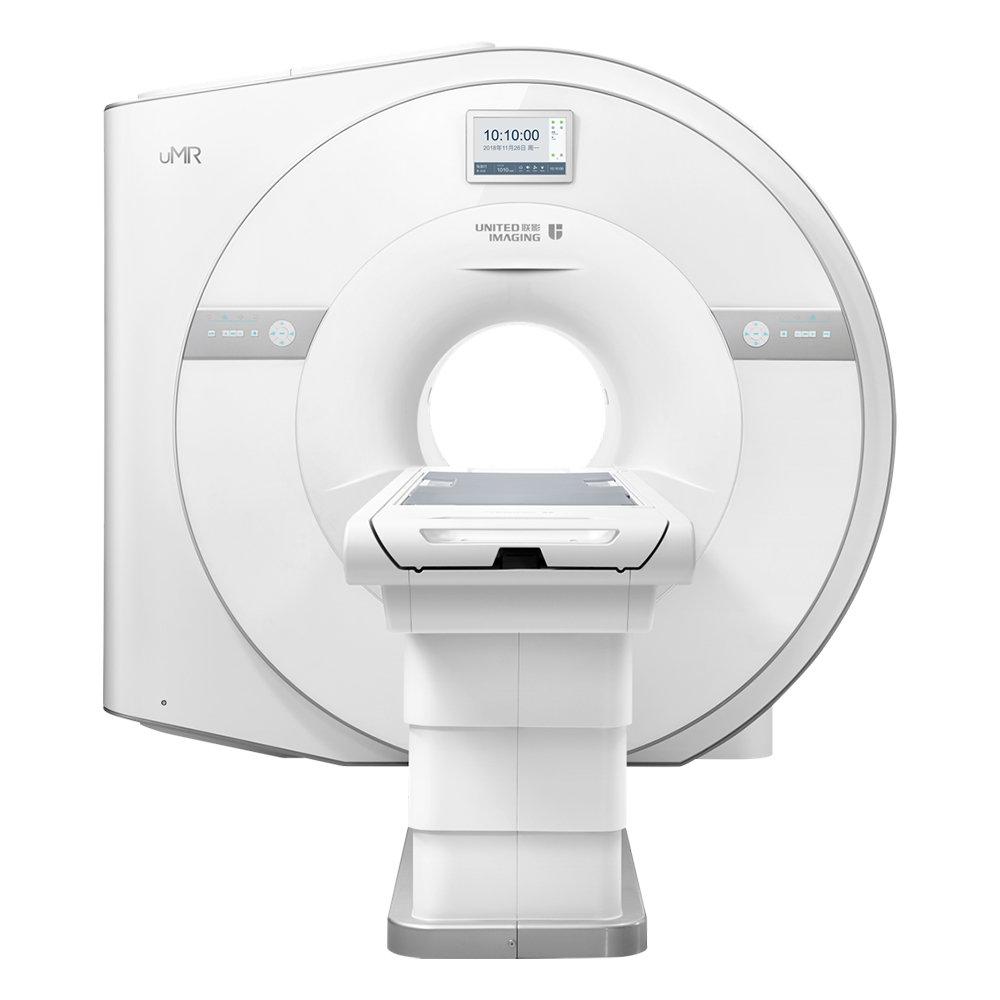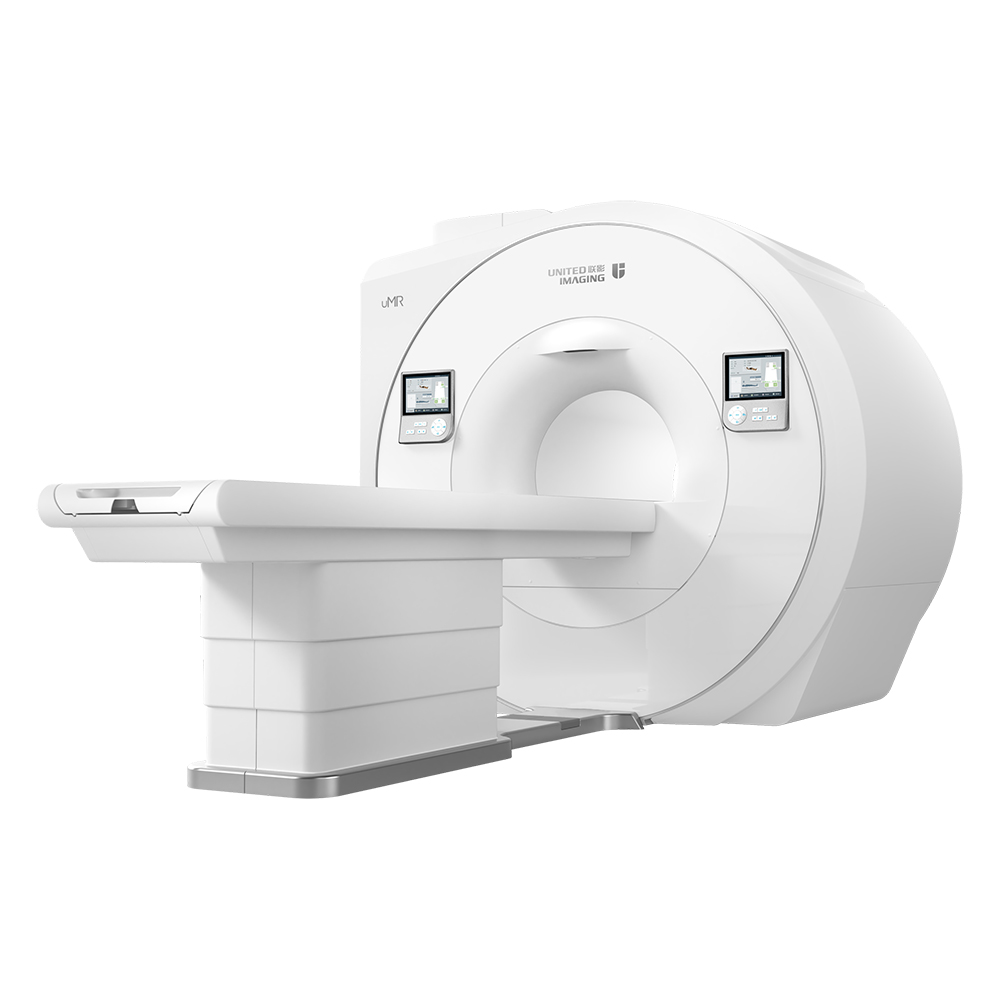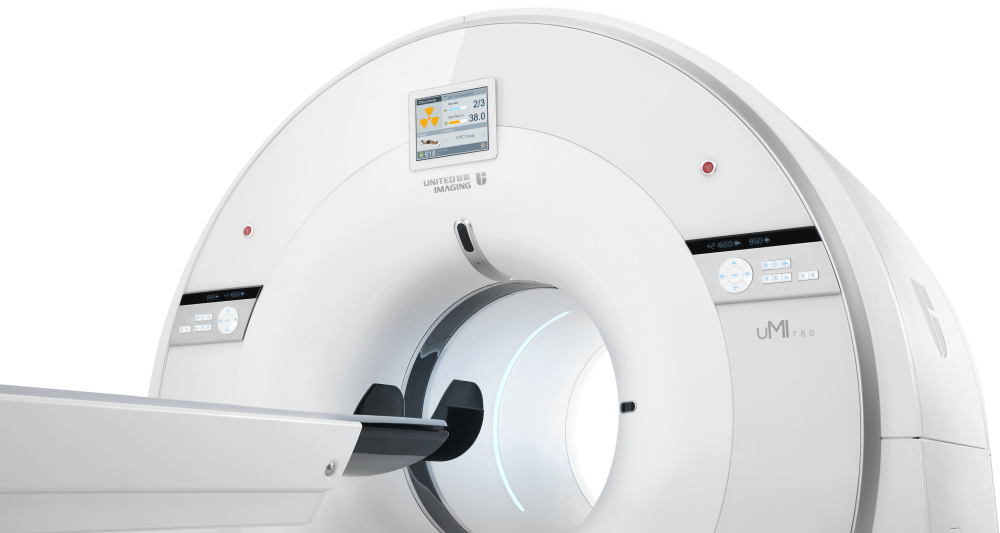What kind of technology does digital health care so popular?
Venture capitalists are interested in digital healthcare because of the good returns from investment in this area. In the past, digital healthcare startups have continued to receive record-scale funding.
Rock Health data shows that the digital healthcare industry received more than $4 billion in investments in 2014. This figure is twice that of 2013, and it is the sum of investment in the previous three years. According to the Global Internet Medical Investment and Financing Report for the first half of 2015 released by StartUp Health last week, there were 226 investment transactions in the global digital health market in the first half of this year, with a total investment of 2.8 billion US dollars.

Infrastructure and seed funding are two key points driving the growth of digital healthcare products and services. The so-called infrastructure is the equipment we use to store, distribute, share and use medical health information. According to a 2014 survey by Medscape, more than 83% of doctors' offices use an electronic medical record system; in addition, most doctors and patients have smartphones. The second is seed funding from angel investors (such as Health Tech Angels) and startup incubators (such as Rock Health). However, the amount of money required by digital healthcare companies at the initial stage is relatively small and does not require investments of the size of biopharmaceutical companies or hardware startups. This also allows investors to get higher returns with the least amount of money.
In order to help patients get better treatment results and reduce medical expenses, what can digital medical care do next in the medical system? The author believes that technologies that help insurance companies, pharmaceutical companies, and healthcare providers convert clinical data into valuable products are the most promising.
The technology of Chrono Therapeutics is a good example. Pharmaceutical companies have been hoping to find a way to get patients on time, and they want existing products to bring more benefits to their clinical use. Chrono Therapeutics hopes to make breakthroughs in the field of patch products using digital medical technology. They have developed a new device that can regularly provide nicotine to help patients reduce their desire to smoke. The device maintains data communication with the background so that the mobile app helps patients complete smoking cessation.
In my opinion, the technical future of helping doctors make better medical decisions is also great. According to a survey by the American Medical Association (AMA), doctors are eager to interact more with patients. How can we find a better treatment without increasing the burden of the doctor?
In medical practice, doctors need to find better ways to collect and collect complex data. Doctors need a tool that integrates data reasonably and helps doctors get data information efficiently and easily. This allows doctors to integrate data from patients more quickly and easily.
Glooko is a diabetes care management company that collects clinical data related to the patient's daily disease management: insulin injections, fitness data and blood glucose levels. Their system displays all data in dashboards, which can be accessed by patients and doctors. In addition, the company's platform can better help pharmaceutical companies understand the link between patient recovery and medication options. This may be a new beginning, as pharmaceutical companies and medical technology companies may work together. Using products and technologies, these two types of companies can turn to the "digital therapy" era through intensive analysis.
Of course, the digital healthcare market is also full of risks and challenges. The first question is how to get healthcare providers and consumers to receive digital medical products. In order to avoid risks, startups will always adopt a “pilot modelâ€, hoping that consumers will eventually be able to accept their products widely.
Payment is another significant problem. Are medical service providers and responsible care organizations (ACOs) willing to pay for clinical data in order to reduce the cost of managing high-risk patients? Can digital medical services receive insurance reimbursement? Are pharmaceutical companies willing to buy digital medical solutions to enhance patient compliance?
But even if there are difficulties, digital health is still moving forward.
A CT scan makes use of computer-processed combinations of many X-ray images taken from different angles to produce cross-sectional (tomographic) images (virtual "slices") of specific areas of a scanned object, allowing the user to see inside the object without cutting.
Digital Radiography made affordable, Created to meet the needs of community to hospitals and private radiology practices, it enables the price-sensitive customers to join the drive to go digital.The versatile floor mounted radiography system enables you to go from film to CR to DR.Flooe-mounted easy for installation and operation
The United-imaging is floor mounted system comprises a radiographic table with integral floor guide rail and a wallstabd. Requiring little room preparation, it is easy to install.
United-imaging according to the international advanced processing mode and standardlize design. the parts are made with precision CNC machine and moulding. Which adopt high degree of standardized, reasonable and compact structure. With reliable, durable and elegant appearance and advanced processing technology.




Computed Tomography,Medical Computed Tomography Scanning Machine,Medical Ct Scanner,Computed Tomography In Ct Scanner
Shanghai Rocatti Biotechnology Co.,Ltd , https://www.shljdmedical.com